#rememberthis
Before the war: Born in 1929 in Frankfurt, Anne and her family moved to Amsterdam in 1933 when she was four years old.
During the Holocaust: Once the war broke out in 1942, the Frank family went into hiding. Anne’s father, Otto, and some of his employees built a hiding place in the annex of his business. Anne’s family- Otto, her mother Edith, and sister Margot- moved into the annex alongside Hermann, Auguste and Peter van Pels and Fritz Pfeffer. They spent two years living together in secrecy and cramped quarters, tiptoeing around to avoid detection by the workers below them. In 1944, the hiding place was raided, and the families were sent to Auschwitz. Of the eight people hiding in the Secret Annex, Otto Frank was the sole survivor. Anne and her sister Margot died of exhaustion in the concentration camps only a couple of months before liberation.
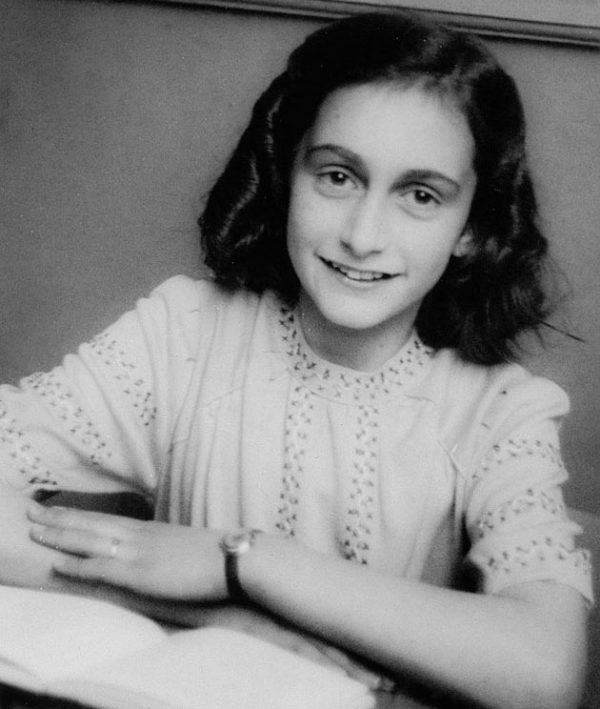
Anne in Amsterdam before the war.
#rememberthis
Before the war: Elie was born in 1928 to an Orthodox Jewish family. He grew up studying Jewish religious texts and kabbalah.
During the Holocaust: At 15, Elie and his family were deported to Auschwitz. Along with his father, he was selected for forced labor in the IG Farben Buna Factory in the Monowitz subcamp. After several months, with the Soviet Army approaching Auschwitz, the Nazis evacuated the camp, and Elie and his father were sent on a death march to Buchenwald. His father passed away in the camp, while Elie was liberated on April 11, 1945.
After the Holocaust: Elie became a published author, Nobel Peace Laureate and human rights advocate. He is most known for his novel Night, a memoir detailing his teenage experience in the concentration camps. Elie Wiesel dedicated his life to educating people about the Holocaust, to make sure its horrors are never forgotten, and to prevent future atrocities from occurring until his death on July 2, 2016, in New York City.
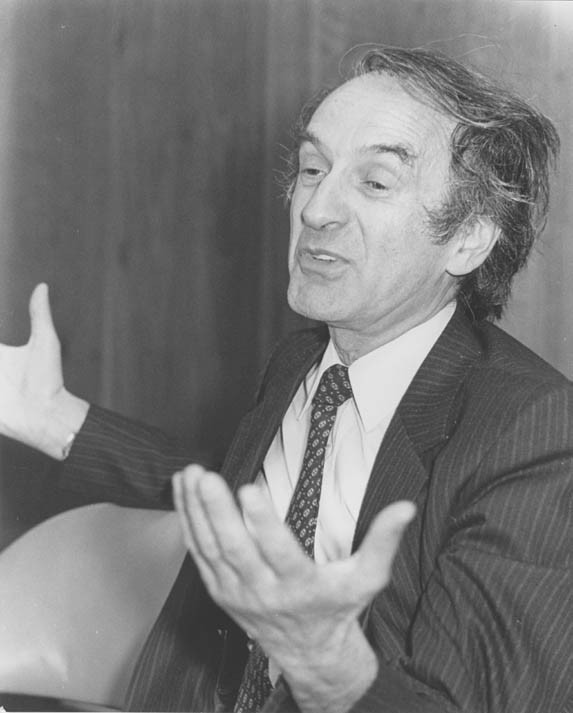
Photo: USHMM
#rememberthis
“Those who deny Auschwitz would be ready to remake it” – Primo Levi
In December 1943, Holocaust survivor Primo Levi was arrested and deported to Auschwitz in early 1944. His background as a chemist earned him a position in a camp laboratory and aided his survival.
After being liberated in January 1945, Primo wrote about his experiences in Auschwitz. His first memoir, “If This Is a Man” (1947), is a harrowing yet deeply human account of his time in the death camp. This work and “The Truce” (1963) established Primo as one of the most important voices documenting the Holocaust.
“I do not comprehend, I cannot tolerate – that a man be judged not for what he is, but for the group into which he happens to belong” – from the preface to the first German edition of “If This Is a Man.”
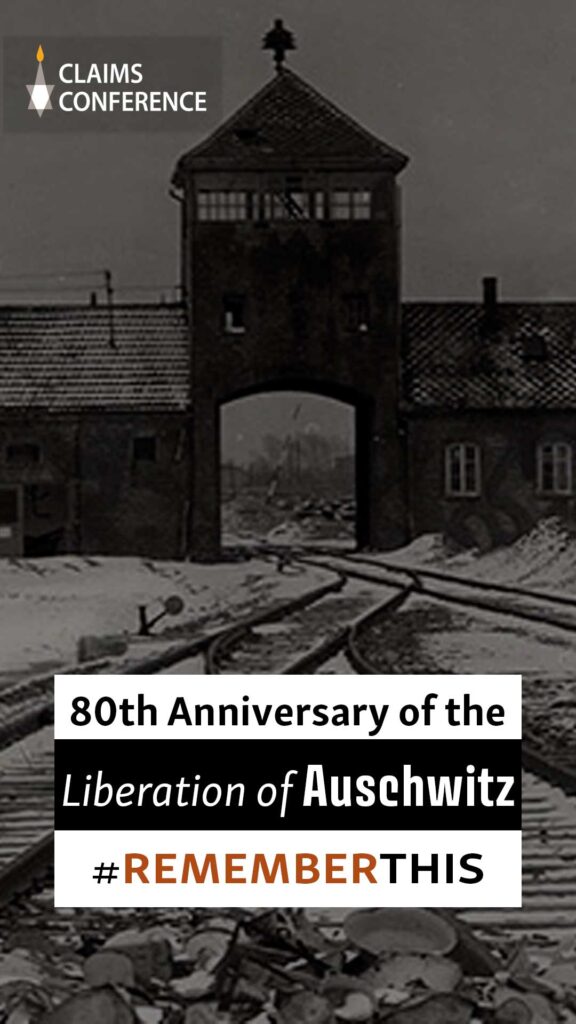
R#rememberthis
During the Holocaust: He was only ten years old when he and his family were sent to the Łódź ghetto, where his father died of malnutrition. In 1944, he was sent to Auschwitz. In 1945, Roman and his brother Leon were liberated while on a death march to Dachau. Both of their sisters had survived, but one of them, Dasza, was sick and passed away a few months later. Their mother had been murdered in Auschwitz.
After the Holocaust: Roman and Leon emigrated to the United States in 1946, where Roman attended Emory University and started an international trade company. He dedicated his life post-war to Jewish philanthropy and advocacy, serving as president and board member of many organizations. In 1988, he joined the board of the Claims Conference and became a co-chair of the negotiating committee, helping to secure restitution from Germany for Holocaust survivors. Roman passed away in New York City on May 21, 2021.
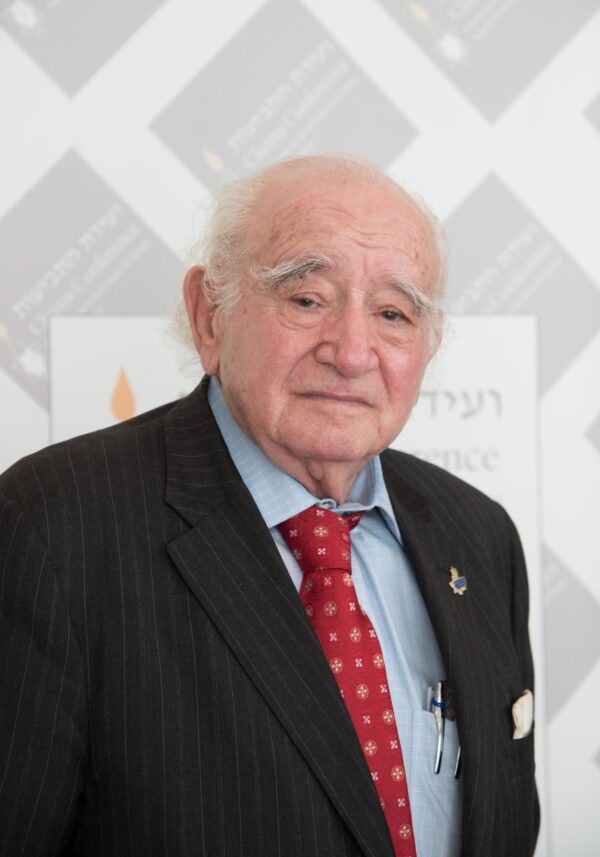
Roman Kent in 2018
#rememberthis
Before the war: Irene Weiss, named Perl Ruchel Fogel, was born on November 21, 1930, in Bótrágy, Czechoslovakia. She was one of six siblings.
During the Holocaust: With the Nazi invasion of Czechoslovakia, Irene’s hometown was under Hungarian rule. In April 1944, the Jews living in Hungary were forced into the ghetto in Munkács. In May, Irene and her family were deported to Auschwitz. At selection, her mother and three siblings were murdered. In the camp, Irene, her sister, and her two aunts worked in Kanada, sorting through victims’ items. In January 1945, they were forced on a death march to Ravensbrück, later transported to Neustadt-Glewe. With the arrival of Soviet troops, Irene, her sister and one aunt left for Prague.
After the Holocaust: Eventually, with the help of family members and aid from Jewish organizations, the three immigrated to New York in 1947. Irene married in 1949 and moved to Virginia. She received a Bachelor’s in education and taught in public school for over a decade
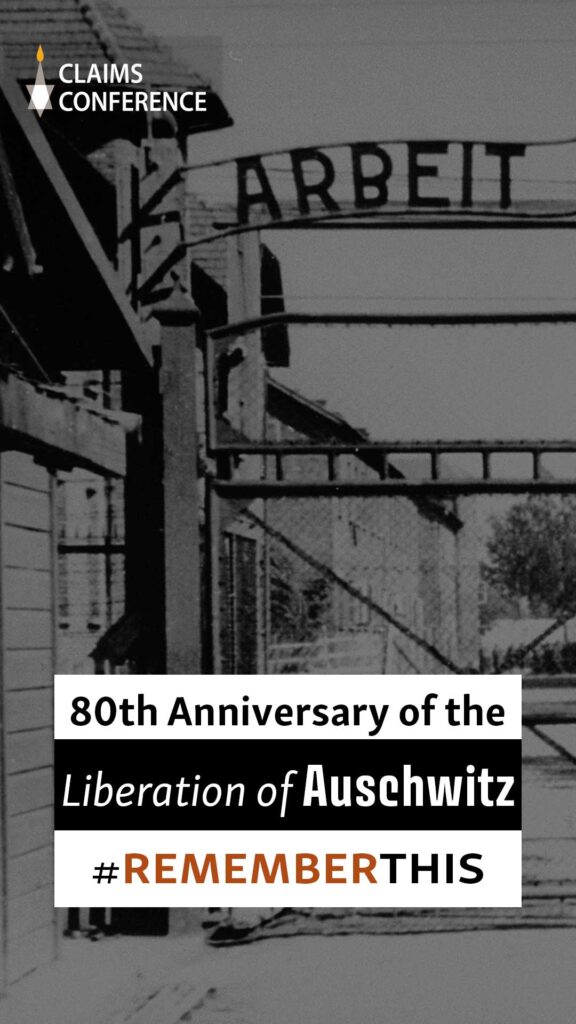
Group portrait of the Fogel and Klarman families. Pictured in the front row are Iren Fogel, Zoltan Klarman, and Edit Fogel. Back row: Serena Fogel and Bella Klarman. Circa 1938-1941. —US Holocaust Memorial Museum, courtesy of Irene Fogel Weiss.
#rememberthis
Before the war: Éva Diamant, now Eva Szepesi, was born in Budapest on September 29, 1932. Her father, Karol, ran a men’s fashion store.
During the Holocaust: In 1941, Eva’s father was deported to the occupied Soviet Union for forced labor and reported missing in 1942. At 11, she and her aunt fled through forests to Slovakia, but she was captured in the home she was hiding in. Eva arrived in Auschwitz on November 2, 1944, at the age of 12. Her mother and younger brother were also deported to Auschwitz on the last deportation and murdered. She was liberated on January 27, 1945, from the camp.
After the Holocaust: After liberation, Eva returned to Budapest and lived with her aunt and uncle. During the Hungarian Revolution, Eva and her husband left for Germany. In 2011, she published her autobiography, A Girl Alone on the Run. In April 2017, Szepesi received the city of Frankfurt’s Main Badge of Honor.
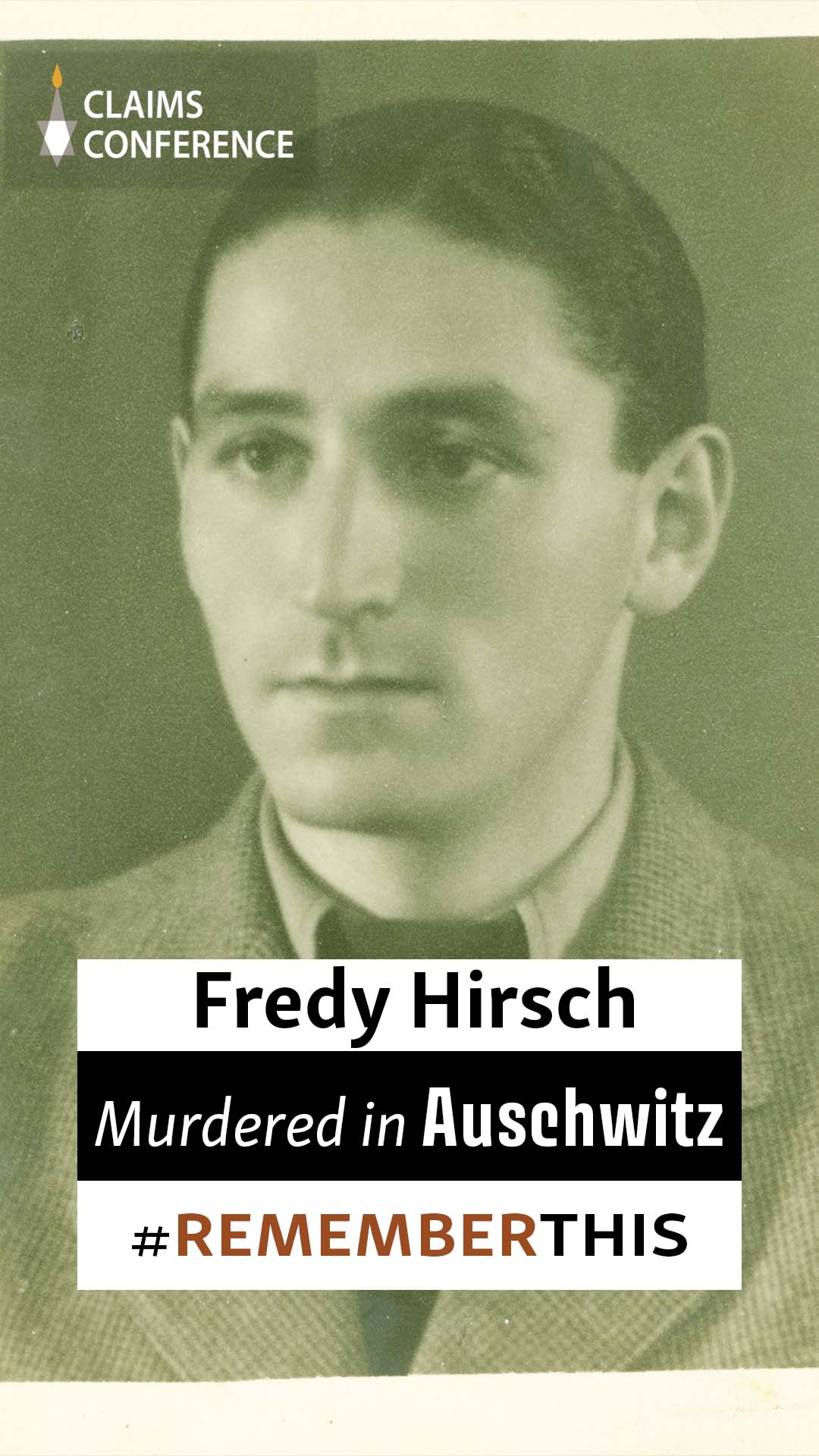
Add caption
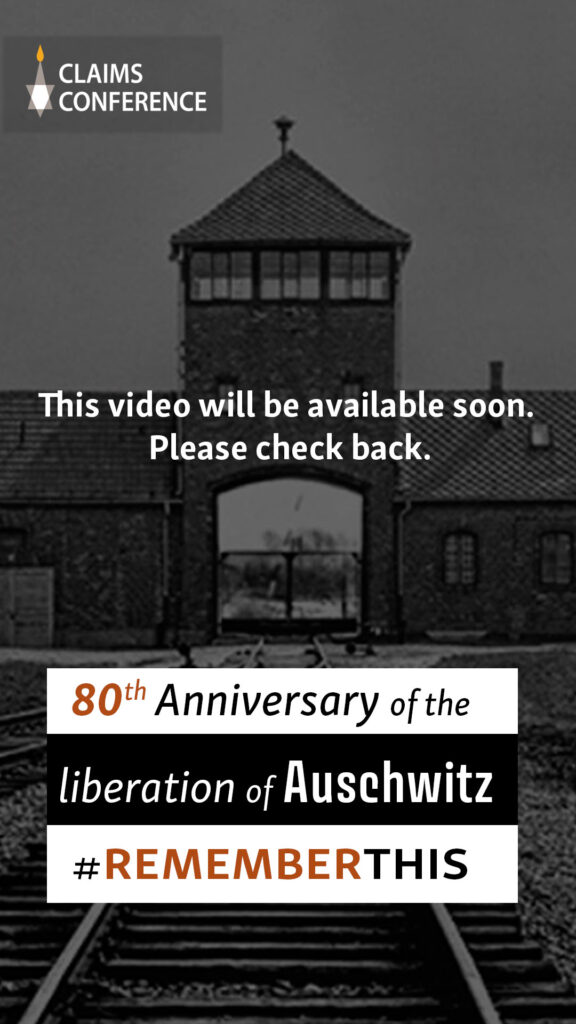
#rememberthis
Before the war: Irene Weiss, named Perl Ruchel Fogel, was born on November 21, 1930, in Bótrágy, Czechoslovakia. She was one of six siblings.
During the Holocaust: With the Nazi invasion of Czechoslovakia, Irene’s hometown was under Hungarian rule. In April 1944, the Jews living in Hungary were forced into the ghetto in Munkács. In May, Irene and her family were deported to Auschwitz. At selection, her mother and three siblings were murdered. In the camp, Irene, her sister, and her two aunts worked in Kanada, sorting through victims’ items. In January 1945, they were forced on a death march to Ravensbrück, later transported to Neustadt-Glewe. With the arrival of Soviet troops, Irene, her sister and one aunt left for Prague.
After the Holocaust: Eventually, with the help of family members and aid from Jewish organizations, the three immigrated to New York in 1947. Irene married in 1949 and moved to Virginia. She received a Bachelor’s in education and taught in public school for over a decade

Group portrait of the Fogel and Klarman families. Pictured in the front row are Iren Fogel, Zoltan Klarman, and Edit Fogel. Back row: Serena Fogel and Bella Klarman. Circa 1938-1941. —US Holocaust Memorial Museum, courtesy of Irene Fogel Weiss.
BIOGRAPHY
#rememberthis
Before the war: Éva Diamant, now Eva Szepesi, was born in Budapest on September 29, 1932. Her father, Karol, ran a men’s fashion store.
During the Holocaust: In 1941, Eva’s father was deported to the occupied Soviet Union for forced labor and reported missing in 1942. At 11, she and her aunt fled through forests to Slovakia, but she was captured in the home she was hiding in. Eva arrived in Auschwitz on November 2, 1944, at the age of 12. Her mother and younger brother were also deported to Auschwitz on the last deportation and murdered. She was liberated on January 27, 1945, from the camp.
After the Holocaust: After liberation, Eva returned to Budapest and lived with her aunt and uncle. During the Hungarian Revolution, Eva and her husband left for Germany. In 2011, she published her autobiography, A Girl Alone on the Run. In April 2017, Szepesi received the city of Frankfurt’s Main Badge of Honor.
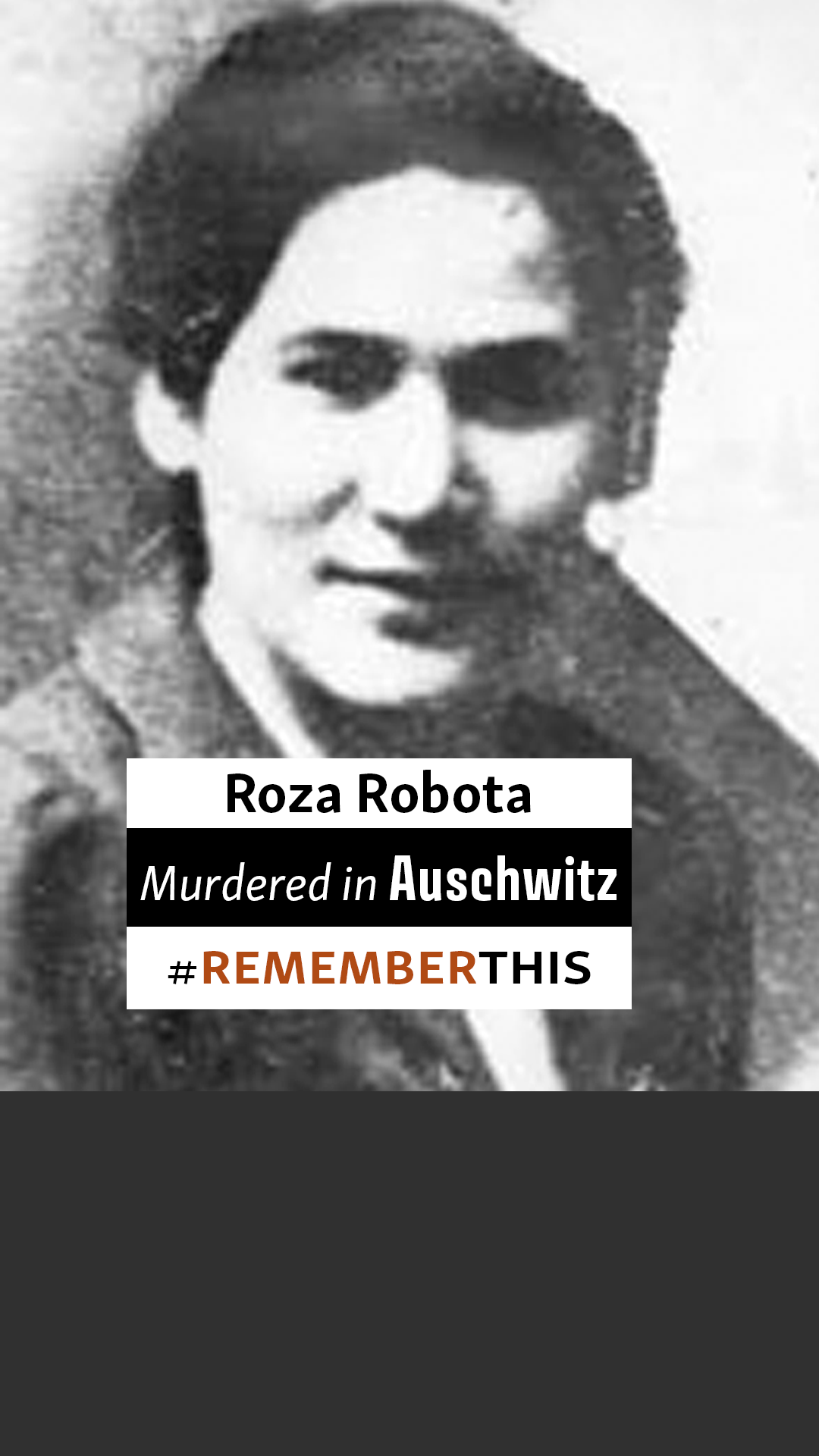
↑top
All content ⒸConference on Jewish Material Claims Against Germany (Claims Conference)